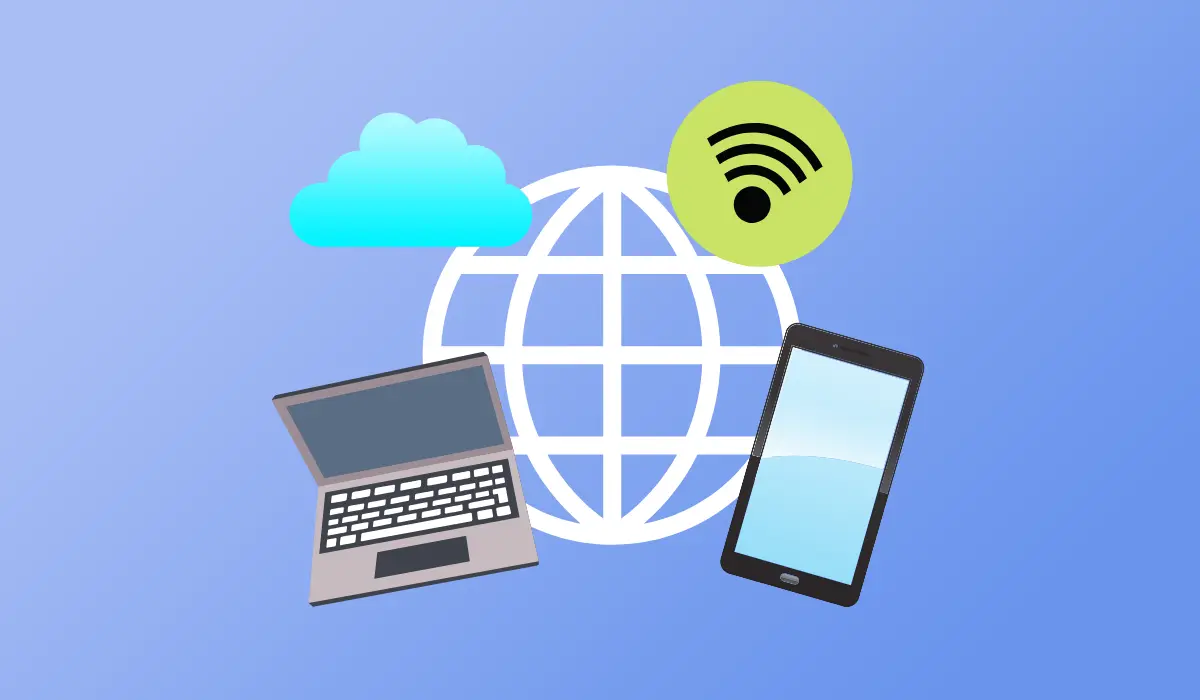
The Development Of The Internet In 4 Stages
The internet is an ever-advancing technology – changing beyond recognition since its conceptualization in the 1960s. Over the years, it has undergone several stages of development, each with its unique characteristics and features. In this article, we will explore the four stages of internet development and how they have shaped the online world.
Stage 1: The Arpanet Era
The first stage of internet development was the Arpanet era, which began in the 1960s. Arpanet was a project funded by the US Department of Defense aimed at creating a communication system that could survive a nuclear attack. The network was designed to connect research institutions and government agencies, and it used packet-switching technology to transmit data.
Top Reasons for Being Best Website Designing Company in Delhi NCR, & Noida
During this era, the internet was only accessible to a small group of researchers and scientists, and it was primarily used for academic and government purposes. The first email was sent in 1971, and by the end of the decade, the Arpanet had grown to include over 200 nodes.
Stage 2: The World Wide Web Era
The second stage of internet development was the World Wide Web era, which began in the 1990s. This era was characterized by the invention of the World Wide Web by Tim Berners-Lee, which allowed users to access information through hyperlinks and web pages.
The introduction of the World Wide Web made the internet accessible to a wider audience, and it led to the creation of websites, online forums, and e-commerce platforms. The first search engine, Archie, was launched in 1990, and it was followed by more advanced search engines like Yahoo and Google in the late 1990s. The near-ubiquitous nature of the World Wide Web has led to the development of faster and faster delivery technology. The fiber internet with Wyyerd and other ISPs around the world is one example of the ever-advancing internet delivery technologies being made available.
Stage 3: The Social Media Era
The third stage of internet development was the social media era, which began in the mid-2000s. This era was characterized by the rise of social networking sites like Facebook, Twitter, and LinkedIn, which allowed users to connect and share content with each other.
Social media platforms have since become a central part of people’s lives, and they revolutionized the way we communicate, share information, and consume content. The rise of social media also led to the creation of new industries, such as social media marketing and influencer marketing.
Stage 4: The Mobile Era
The fourth and current stage of internet development is the mobile era, which began in the mid-2010s. This era was characterized by the widespread adoption of smartphones and other mobile devices, which allowed users to access the internet on the go.
The mobile era has led to the creation of mobile apps, mobile websites, and mobile-first design principles. It has also led to the rise of mobile-based eCommerce niches – often referred to as m-commerce. No company designing products and services can ignore the mobile market.